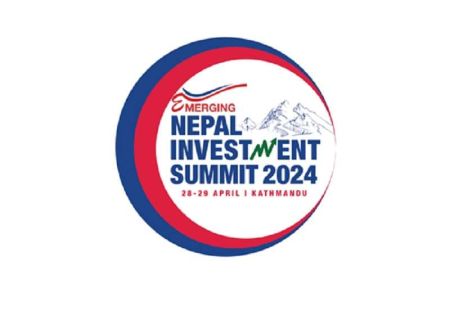In the mid-June, Employees Provident Fund (EPF) announced its plan to invest Rs 15.5 billion for four medium-scale hydro-power projects. These projects included 100 megawatt Rasuwagadhi, 120 MW mid-Bhotekoshi, 14.6 MW upper-Syangden and 42.5 Syangden hydropower. All these projects are constructed by Chilime Hydropower Company at the cost of Rs 32.11 billion. The EPF commitment is almost half of the estimated cost.
In another development, government began its exercise to establish Hydropower Development and Investment Company, so far the largest development bank in Nepal for the purpose. This new company aims to generate at least Rs 20 billion as equity, mainly from the government and the public sector enterprises (PSEs), again, from the like of EPF.
There is no denying the fact that the country is in desperate need of resources to develop the hydropower, the sooner the better. And, also, Nepal must develop adequate hydropower projects not only to meet its ever growing energy needs but also to harness the water power that is available in abundance within the country.

But, these needs do not necessarily justify the recent government adventurism to manage resources for its development. Both, the EPF investment and setting-up of a new bank has two things in common. One, the governmentis only looking into the option of government-guided development of the sector. It is also because the EPF investment cannot be termed anything else as it is the fully government owned pension fund with almost monopoly in the market. And the proposed new entity has also proposed to incorporate rich PSEs alone. Second, in both the processes, possible involvement, participation and investment of the private sector have been completely ignored.
This is exactly the unbecoming for Nepal's hydropower development. On the one hand, there is already a debate on what degree of flexibility the EPF and the like PSEs should enjoy in diversifying its investment portfolio. And on the other, the question is if such collusion of government agencies (as Chilime is also government undertaking) alone could actually contribute to the hydropower development and solve the country's energy crisis.
More serious issues surround the proposed new investment bank. Since it has precluded the private sector since its conceptualisation, its proposed Rs 20 billion equity funding is sure to prove too little to meet the financial resource demand for hydropower development. This amount is only enough to develop 100 to 150 MW of power at the most. Besides, this entity cannot be envisaged to take-up the retail banking to mobilise additional resources. At best, the resource gathered by this bank could be mobilised by other PSEs like Nepal Electricity Authority, nothing more.
The only right course in this regard would have been the private sector leadership in investment, development and management of all hydropower projects. The government surely could have facilitated with policy and resources instruments it had. But, now things seem to be moving in completely opposite direction. And, the money dammed in by the government authorities might not be able to flow down so as to generate power, at least not in substantial scale and sustainable way.






















